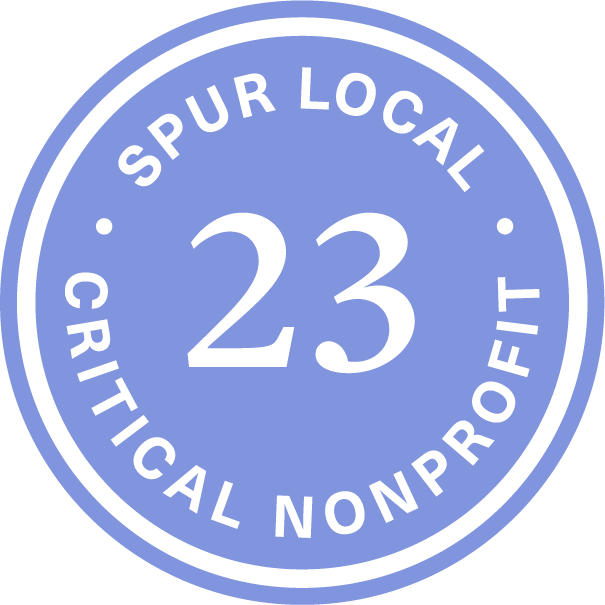Note: This is the fourth post in DASH’s ongoing What It Takes blog series, which examines and explains the various factors that make getting safe from abuse so difficult. Each post explores factors that survivors have to navigate on their journey to finding safety. Learn more about the campaign at the What It Takes page, and please spread the word: #WhatItTakesDC.
The National Domestic Violence Hotline reports that “digital domestic abuse” is on the rise, “more girls are reporting that their boyfriends stalk them via text message or threaten to humiliate them with social media. What starts in cyberspace rarely ends there,” writes the Daily Beast.
What is Digital Domestic Violence?
Digital domestic violence is the act of harassing or stalking a former or current partner through technology and social media. Abusers are increasingly using Bluetooth, spyware and popular location check in apps like squarespace to track their partner’s location. It’s alarming that abusers can remotely install these tracking applications on their partner’s phones without the survivor ever knowing. “When your abuser is tracking your phone, it means he knows when you seek shelter and help, even the route you take to work and can access your text messages to friends and family. It’s a way for him to maintain power and control with threats to ensure that you don’t leave him,” cautions a DASH advocate.
She eventually realized that her abuser was tracking her location via the Bluetooth on her phone.
One DASH client reported that her ex-husband went as far as installing tracking devices on her two cars after the divorce. She was forced to leave her cars in different states in order to throw him off and protect her safety. Another survivor reported that her abuser kept appearing at the grocery store when she was there shopping. She started going to grocery stores across town at weird hours of the day but he would always show up. She eventually realized that her abuser was tracking her location via the Bluetooth on her phone.
Harassment is the other common form of digital abuse. Abusers intimidate and harass their partners by posting or threatening to post incriminating photos and statuses or sensitive information about their partners. Photos that were once private between two people in a relationship suddenly become public for all to see – and often the survivor gets unfairly blamed. Abusers also send threatening messages and texts to their abusers, forcing them to live in fear.
It can be really traumatizing for survivors trying to find safety because you don’t know what they are capable of or when it’s going to stop.
A DASH advocate says this is not uncommon, “Clients come in all the time with stories about what their abusers are doing online, sending messages, posting nude photos and constantly taunting them. It can be really traumatizing for survivors trying to find safety because you don’t know what they are capable of or when it’s going to stop.” One DASH client reported that her abuser was creating fake Facebook profiles under her name and then adding all of her friends and family. He would then use the profile to taunt her. He posted explicit photos of her, wrote false statuses about her parenting skills and tagged her family members. When she would report the page and have it taken down, he would create another page. It’s proven difficult to combat digital abuse because it so often happens anonymously, states a DASH advocate.
Isolation or Safety?
Because of this, survivors of domestic violence are limited with few options and often have to isolate themselves from their friends and family by changing their phone number and email address and deleting their social media accounts. Otherwise, they risk continued harassment and stalking from their abusers. For survivors who want to maintain contact with friends and family but also to stay safe from abuse, it can be difficult to know what to do.
It’s suggested that survivors use aliases instead of real names online, but even that isn’t foolproof. “Depending on your Facebook friends or your profile picture, even if your Facebook is private or under a different name, they can still track you down,” says the DASH Housing Clinic advocate.
What can survivors do? Don’t take risks, get a new phone, and delete your profiles. This can be really isolating, however, for survivors who want to continue having contact with their support network of friends and family. For survivors who decide to maintain an online presence it’s important to change all passwords and be extremely conscious of the photos that are being posted. Even something small like a piece of furniture, a street sign or a car interior can be used by abusers to stalk and harass. As part of a survivor’s safety plan, consider using a computer or device outside of the home such as at a library or at the home of a family member or friend where the abuser would not have access.
Take Action:
You can learn more about what it takes for survivors to get safe at WhatItTakes.org or donate to DASH to support access to safe housing for survivors here.




